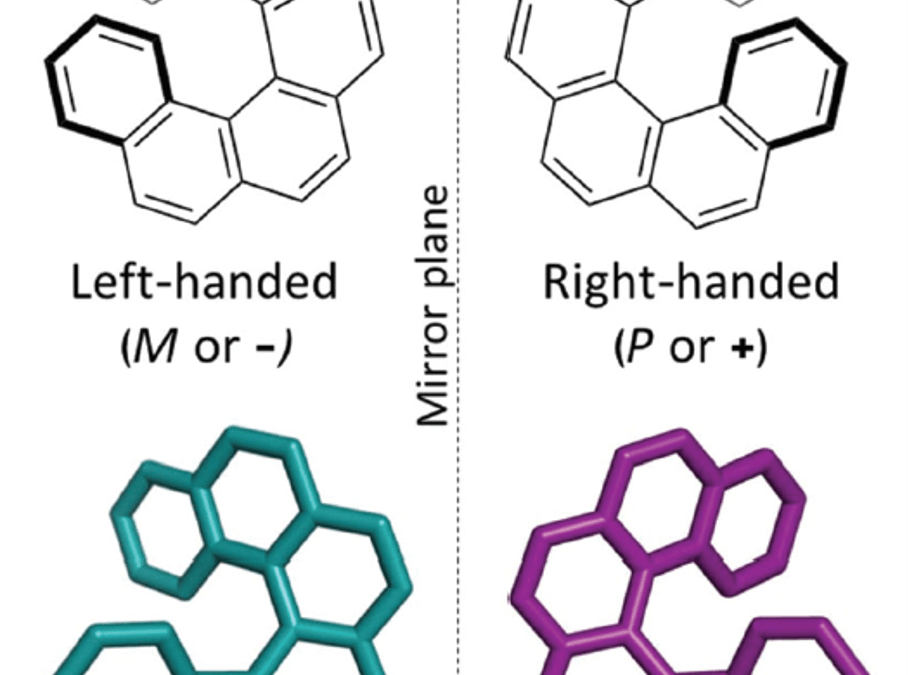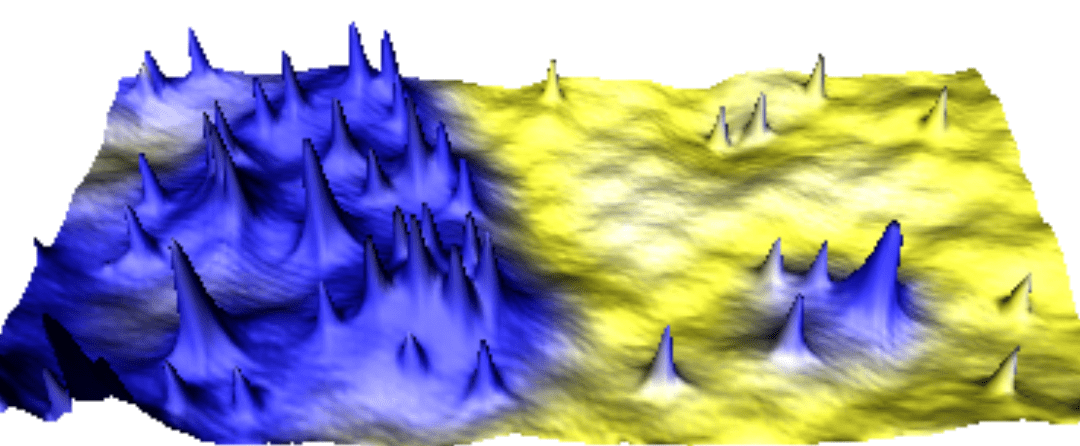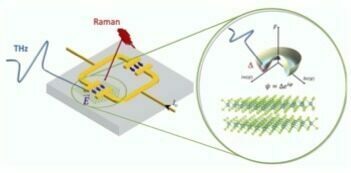
(a) sketch of a vicinal surface . (b) One of Phophorene allotropes. (c) STM picture of atomic arrangement.
Laboratoire: MPQ (Matériaux et Phénomènes Quantiques), Université Paris Cité & CNRS
Adress: Bâtiment Condorcet – 10 Rue A. Domon et L. Duquet – 75013 Paris
Internship/PhD supervisor: Yann Girard
Tel: 01 57 27 62 99
e-mail: yann.girard@u-paris.fr
Scientific project:
The goal of this PhD thesis is to discover new phases with innovative properties, using a bottom-up strain engineering technique to master the formation of various phosphorene 2D-allotropes. The originality of this proposal is to investigate even further the role played by the surface stress in gold sample using specifically their vicinal variants. A significant part of the master thesis will be dedicated to the preparation of the substrate surfaces and the subsequent P deposition by thermal evaporation in a dedicated UHV chamber. The characterization of the morphology and crystal structure will be achieved by room temperature scanning tunneling microscopy (STM) and LEED/Auger Electron Spectroscopy (AES) measurements. Electronic properties of these new materials will be investigated using low temperature (4 K) measurements by scanning tunnelling spectroscopy (STS) and ARPES (colaboration with LPS-Orsay).
The PhD thesis is funded by ANR project : ANR-22-CE09-0022, 2DPhostrainE. See also the EDPiF website to submit your application there.
À lire aussi

Properties of chiral molecule / metallic interfaces
Laboratoire: MPQ (Matériaux et Phénomènes Quantiques), Université Paris Cité & CNRSAdresse: Bâtiment Condorcet – 10 Rue A. Domon et L. Duquet – 75013 ParisDirecteur de stage/thèse: Amandine BellecTel: 0157276290e-mail: amandine.bellec@u-paris.fr Scientific...

Controlling the properties of 2D materials at the atomic scale by defect engineering
Laboratoire: MPQ (Matériaux et Phénomènes Quantiques), Université Paris Cité / CNRSAdress: Bâtiment Condorcet – 10 Rue A. Domon et L. Duquet – 75013 ParisInternship/PhD supervisor: Jérôme LagouteTel: 0157276299e-mail: jerome.lagoute@u-paris.fr STM image (20 nm x 40...

Cavity Higgs polariton
2D TMD embedded in a THz split ring cavity (left) The resulting coupled light-SC matter state is probed by Raman and THz spectroscopy. The SC Higgs mode is a collective oscillation of the SC condensate (right) that can couple to cavity photon to form cavity-Higgs...
Magnonics in 2D materials
Laboratoire: MPQ (Matériaux et Phénomènes Quantiques), Université Paris Cité & CNRSAdress: Bâtiment Condorcet – 10 Rue A. Domon et L. Duquet – 75013 ParisInternship/PhD supervisor: François MalletTel: 0678692918e-mail: francois.mallet@sorbonne-universite.fr...
